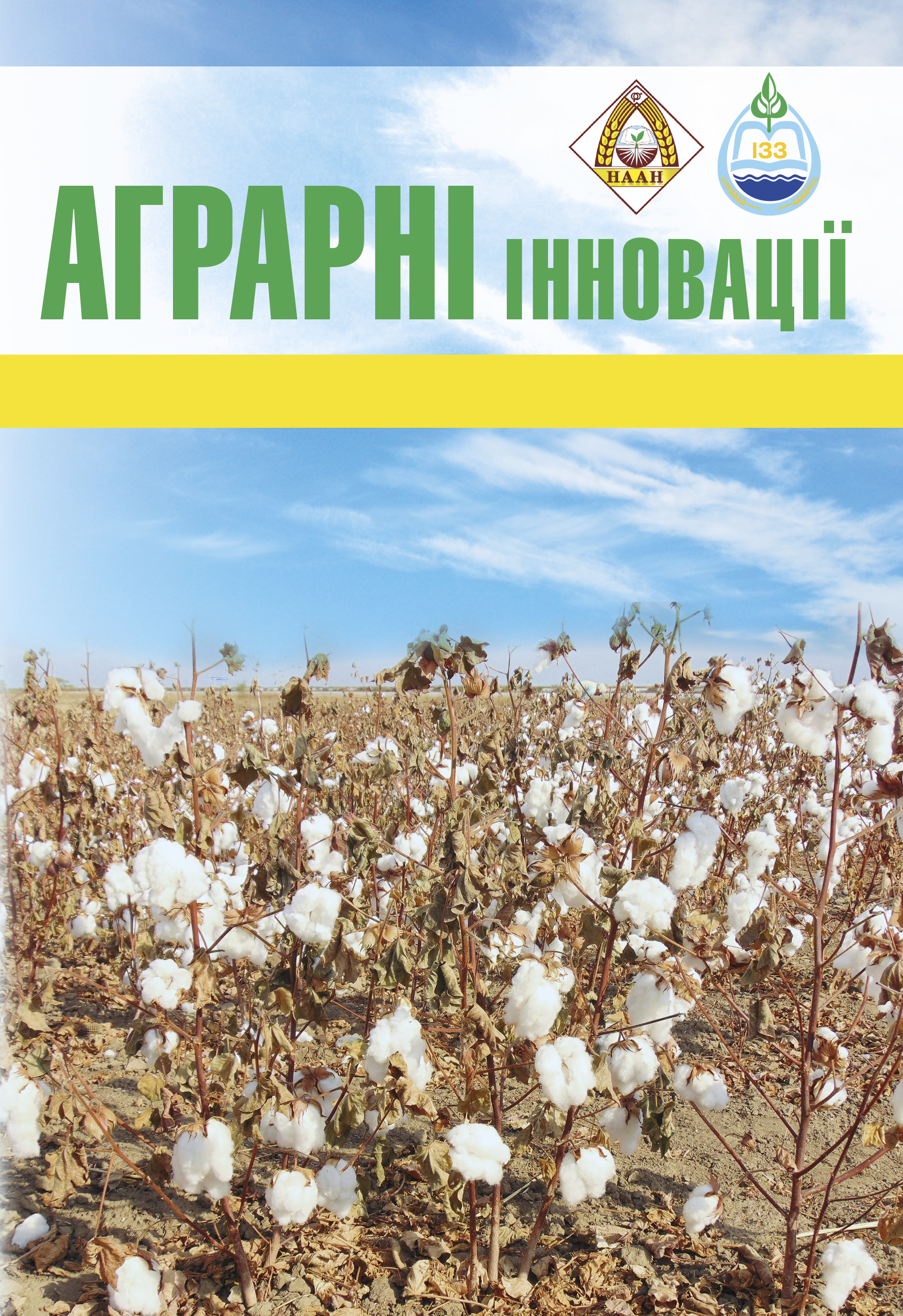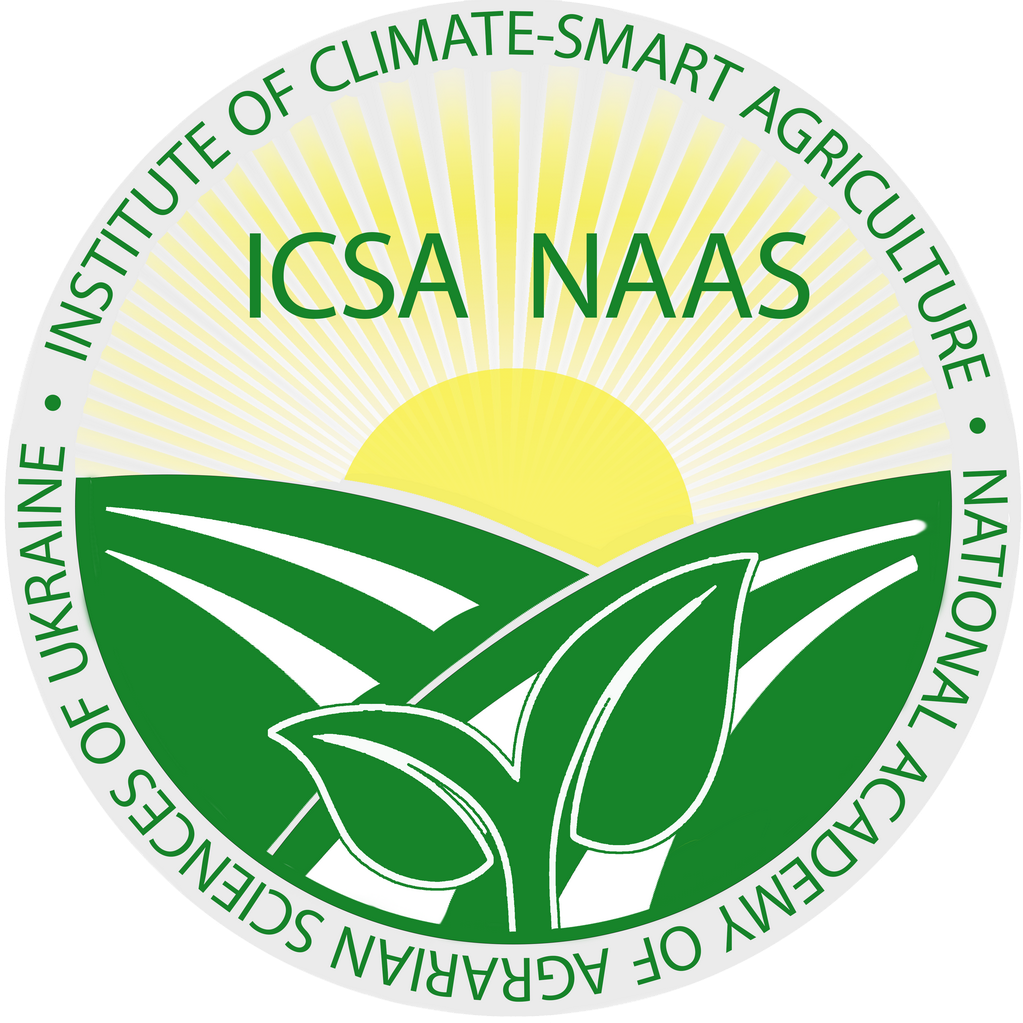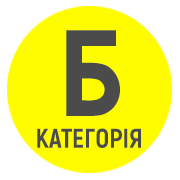Regional Trends and Prospects in Side-Stream Valorization in Europe and Ukraine
Abstract
Valorization of organic waste, including plant residues, animal manure, food industry by-products, and sewage sludge, represents a strategic pathway toward sustainable resource use and circular bioeconomy models. A defining characteristic of the agri-industrial sector is the large volume of organic waste, which can be converted into valuable secondary resources. This enables the development of methodological foundations for a modern agri-food system based on principles of sustainability, circularity, ecosystem approaches, and social inclusion. This article aims to assess current trends and future prospects in the valorization of organic waste in the European Union and Ukraine.It has been established that in the EU, organic waste valorization is supported by regulations (notably Regulation EU 2019/1009), funding instruments (such as Horizon Europe and LIFE), and a high level of technological maturity. In Ukraine, while industrial processing (such as biogas plants) is developing actively, the infrastructure for managing household organic waste remains limited. The article analyzes current innovations in organic waste processing, evaluating their technological readiness and scalability potential. It focuses on both technological and regulatory dynamics.Key transformation pathways include composting, anaerobic digestion, pyrolysis, hydrothermal carbonization, fermentation, algae cultivation, electrodialysis, and struvite crystallization. Strategic opportunities in organic waste valorization are discussed, along with recommendations for advancing circular bioeconomy principles in this domain. Ukraine has a high but underutilized potential. Integration into the European Green Deal, the development of public-private partnerships, standardization, and demonstration projects are identified as essential steps for an effective transition to sustainable organic resource management.
References
2. Bhushan B., Nanda V., Jindal N. Strategies for processing and valorization of ash gourd byproducts: A comprehensive review. Food Chemistry. 2025. Vol. 473. 143040. https://doi.org/10.1016/j.foodchem.2025.143040.
3. Bilal M., Li D., Xie C., Yang R., Gu Z., Jiang D., Xu X., Wang P. Valorization of wheat bran arabinoxylan: A review on nutritional and materials perspectives. Grain & Oil Science and Technology. 2024. Vol. 7 (3). Р. 196-208. https://doi.org/10.1016/j.gaost.2024.05.006.
4. Salvatore I., Leue-Rüegg R., Beretta C., Müller N. Valorisation potential and challenges of food side product streams for food applications: A review using the example of Switzerland. Future Foods. 2024. Vol. 9. https://doi.org/10.1016/j.fufo.2024.100325
5. Ozogul F., Cagalj M., Šimat V., Ozogul Y., Tkaczewska J., Hassoun A., Kaddour A.A., Kuley E., Rathod N.B., Phadke G.G. Recent Developments in Valorisation of Bioactive Ingredients in Discard / Seafood Processing by-Products. Trends in Food Science & Technology. 2021. Vol. 116. Р. 559–582. https://doi.org/10.1016/j.tifs.2021.08.007
6. Dróżdż D., Wystalska K., Malińska K., Grosser A., Grobelak A., Kacprzak M. Management of poultry manure in Poland – Current state and future perspectives. Journal of Environmental Management. 2020. Vol. 264. 110327. https://doi.org/10.1016/j.jenvman.2020.110327
7. Замлинський В.А. Циркулярна економіка та продовольча безпека в контексті формування стійкої харчової екосистеми підприємств АПК. Економіка харчової промисловості. 2025. Том. 17. Вип. 1. С. 41-47.
8. Кузьома В.В. Пріоритетні напрями розвитку циркулярних трансформацій у агросекторі України. Український журнал прикладної економіки та техніки. 2022. Том 7. № 4. С. 291 – 296. https://doi.org/10.36887/2415-8453-2023-3-2
9. Кучер А.В., Кучер Л.Ю., Пащенко Ю.В. Циркулярна економіка в системі сталого розвитку аграрного сектора в умовах євроінтеграції. Економіка та суспільство. 2021. Вип. 32. https://doi.org/10.32782/2524-0072/2021-32-24
10. Circular Economy and Waste Management in Eastern Europe / F.C. Mihai, V. Ishchenko, V. Iordachi, V. Ivanova, N. Dzebisashvili; іn: Ilić P, Pržulj N (eds). Circular Economy. Academy of Sciences and Arts of the Republic of Srpska, Banja Luka. 2024. LX: 57–95
11. Biogas and Biomethane Report: State of the Industry in Europe 2023. European Biogas Association. 2023. URL: https://www.europeanbiogas.eu/
12. Andreola C., González-Camejo J., Tambone F., Eusebi A.L., Adani F., Fatone F. Techno-economic assessment of biorefinery scenarios based on mollusc and fish residuals. Waste Management. 2023. Vol. 166. Р. 294–304. https://doi.org/https://doi.org/10.1016/j.wasman.2023.05.014
13. Bibi F., Ilyas N., Saeed M., Shabir S., Shati A.A., Alfaifi M.Y., Amesho K.T.T., Chowdhury S., Sayyed R.Z. Innovative production of value-added products using agro-industrial wastes via solid-state fermentation. Environmental Science and Pollution Research. 2023. Vol. 30 (60). Р. 125197–125213. https://doi.org/10.1007/s11356-023-28765-6
14. Cortes Ortiz J.A., Ruiz A.T., Morales- Ramos J.A., Thomas M., Rojas M.G., Tomberlin J.K., Yi L., Han R., Giroud L., Jullien R.L. Insect Mass Production Technologies. Insects as Sustainable Food Ingredients: Production, Processing and Food Applications. 2016. Р. 153–201. https://doi.org/10.1016/B978-0-12-802856-8.00006-5
15. Hitzl M., Corma A., Pomares F., Renz M. The hydrothermal carbonization (HTC) plant as a decentral biorefinery for wet biomass. Catalysis Today. 2015. Vol. 257. Р. 154–159. https://doi.org/https://doi.org/10.1016/j.cattod.2014.09.024

This work is licensed under a Creative Commons Attribution 4.0 International License.






